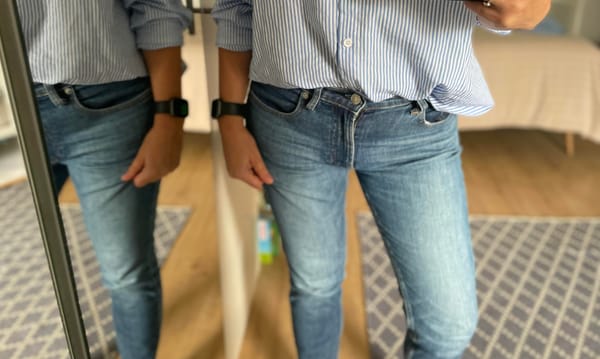Fashion, the coolest enemy of Earth
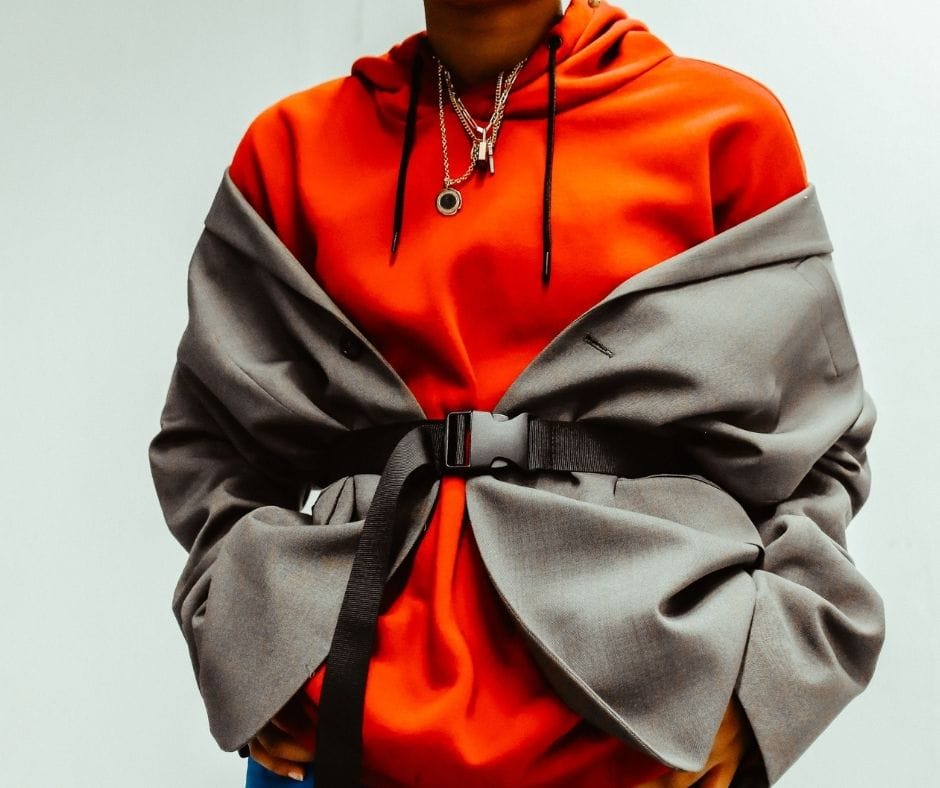
Did you know that fashion is the second most polluting industry, after oil? Yes, you can read that again: fashion (the sum of our clothes, shoes and accessories) is polluting our planet, our air and therefore the lives of many people, if not all of us. Fashion is polluting the air, the water, the land, it is requiring huge quantities of water, pesticides, chemicals and at the same time, it is also creating a lot of waste. How much? Keep reading!
Last week, it was one of the most satisfying and intense weeks of this year. No, I’m lying; I’ve just thought of the beginning of the lockdown in March and this was nothing compared to when I started teaching online. That was the most difficult week of the year/life. This week, it finally had place one day event about fast and sustainable fashion, which I’ve been organizing since September, with a first proposal made in July. So, for me it was a big deal. The event had two parts: a workshop offered by me to students and open to the public about the industry of fashion and then, a debate with two entrepreneurs in the fashion business. Both were recorded, and you can access the links at the end of this article, though in Spanish.
What can’t be measured, can’t be sustainable
Do you know many litres of water are necessary for the cotton of only one basic T-shirt? Try and guess, and whatever number came to your mind, multiple it by 100. The answer is 2.700 litres of water. 2.700 litres of water are used for a single basic cotton T-shirt. The water that I could drink in almost 4 years if I would be a perfect human being, drinking 2 litres/day – and of course, I’m not. Who can drink that much water? And coming back to t-shirts, every year there are 1,5 billions new t-shirts in stores (!)
And what about a pair of jeans? Tip: triple the previous number. Between 7.500 and 10.000 litres of water are used to produce only one pair of jeans, one of those pants that we so much love and wear. And to finish a full outfit, let’s add the water needed for sneakers, another 8.000 litres, and there you have: 21.000 litres of water wearing it at once. The main problem is not the number itself, the main issue is that many of us use those three items only twice, and then throw them away.
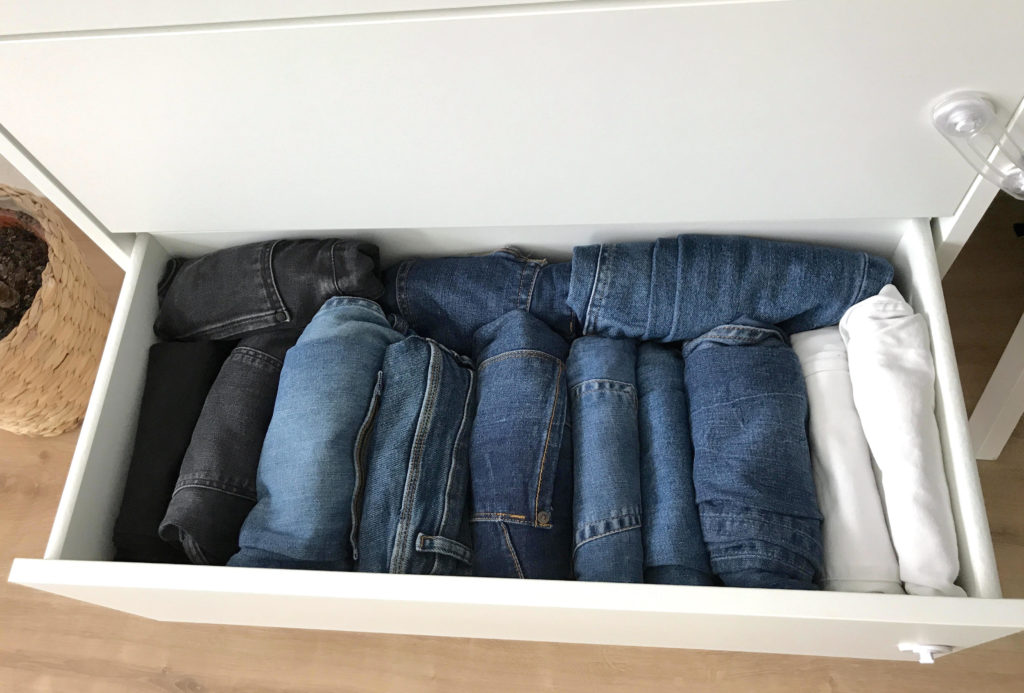
100 billions new garments
Another number that shocked me was the 100 billions. Thi is the number of new clothing items that are being offered to the market every single year. And I can’t avoid asking myself why so much? Who needs that much? In the end, we are not even 8 billions in the world, and around 750 millions are so poor that they barely have the possibility to buy food and clean water. And even worse is that around 30% of all the garments are not even being sold, nor used, but they are directly converted into garbage.
I’m still not comfortable with these numbers, and I’m sure many of my students and those present of the event weren’t either. I’m the first one to admit that I’m buying more than I really need, and I act like a spoiled child when it comes to fashion. It’s true though, that since I found out about these numbers, I took some action. I’ve tried to buy less, to choose better items, more recycled fabrics, and when possible, to buy more from sustainable brands and even second hand.
My own shameful numbers
However, the reality is that I have 15 pairs of jeans in my closet; if it’s a big number or not, depends on who is answering this. The big issue is that I know that 3 or 4 I’m not wearing, I wore them only several times and I have a huge feeling that I’m not going to wear them in the future. The reasons? Well, they are uncomfortable, they don’t match my current size or I find them out of style completely. So, yes, these numbers are painful, and make me guilty for the waste I’m creating.
And when it comes to T-shirts, I’m even afraid to count them. Between the 4 or 5 that I’m keeping to wear only in the house, and other 10 that now, during winter, are still in my closet, because I could wear them under a blazer, and adding from my memory those that are in the summer-box … OMG! Many, too many. Again if a number as 40 T-shirts is too much or normal, or even too little, is not relevant. The usage that I’m giving to each of these items is the most important aspect. And, I admit, I do have some 2020 t-shirts that I’ve worn only twice.
Wear it 30 times!
This takes to a new important number: 30. There is research saying that in order to compensate for the waste and pollution that fashion is creating, you should wear an item at least 30 times. So I’ve been calculating how this number would really look like in our daily life: you should wear a shirt, for example, once a week, for almost 8 months in a row. Could you do that? Some of us, yes. But the lucky ones to have the luxury to buy and play with clothes, we won’t reach this target number. However, one way to wear it 30 times and not get bored, is to keep it for many years (and of course, trying not to buy similar new items).
And if only it would be so easy: Keep it for many years, wear it 30 times, and we are all at peace: you, fashion and planet. It’s not easy because the quality of many garments are not made to resist that long. That’s one of the pillars of fast fashion which stands for: fast, cheap and poor quality garments.
- You can’t sell something cheap and of high quality, that’s pure business.
- You can’t make something cheap and resistant, either.
- To sell something cheap and call it sustainable is impossible; unless, it’s a preloved item.
The cycle of Fast Fashion
So, here is the cycle of fast fashion:
Cheap – buy it, even in two colours – wear it once, twice – then, you are bored or it’s broken – repair? No, too complicated – better buy a new one – a more trendy, cooler one – plus, it’s fun!
And just like this, there are 100 billions new garments every year, and tons of waste.
I will finish here today, but there are so many other aspects of this business, that you can’t imagine. For example: Who is making these clothes? How do they live? Where are the clothes ending up? What are the recycled or sustainable fabrics? How much plastic do we wear? How fair is the entire business, since big companies are coming bigger, and the small designers are disappearing; and so many others sub-topics of this big theme: FASHION.
Watch my talk about fast fashion (in Spanish)
Below you can watch the events I’ve organised in my Faculty, from UCV. There are in Spanish, but if you don’t understand, come back to my blog! I will keep writing about the topic.
The workshop is here: https://www.youtube.com/watch?v=NXRM8VRdmZ8
At this link you view the guests, José Royo, sales director of Tejidos Royo and Amanda Lopez, CEO of DYO ministyling and the debate after their presentations here: https://www.youtube.com/watch?v=Hs6HwD6h0Z0
Thank you for reading these thoughts! Please feel welcomed to share your own experience with fashion. And please, do something good for your wallet and planet, so don’t shop this Black Friday event! Buy instead a good book, an entry to a botanical garden, a very good wine; spend more time with those around you, walk outside in nature, and please, sleep more!
And if you want to shop for some new clothing, at least choose sustainable brands! You can find many of those brands on my platform: The Sustainable List.
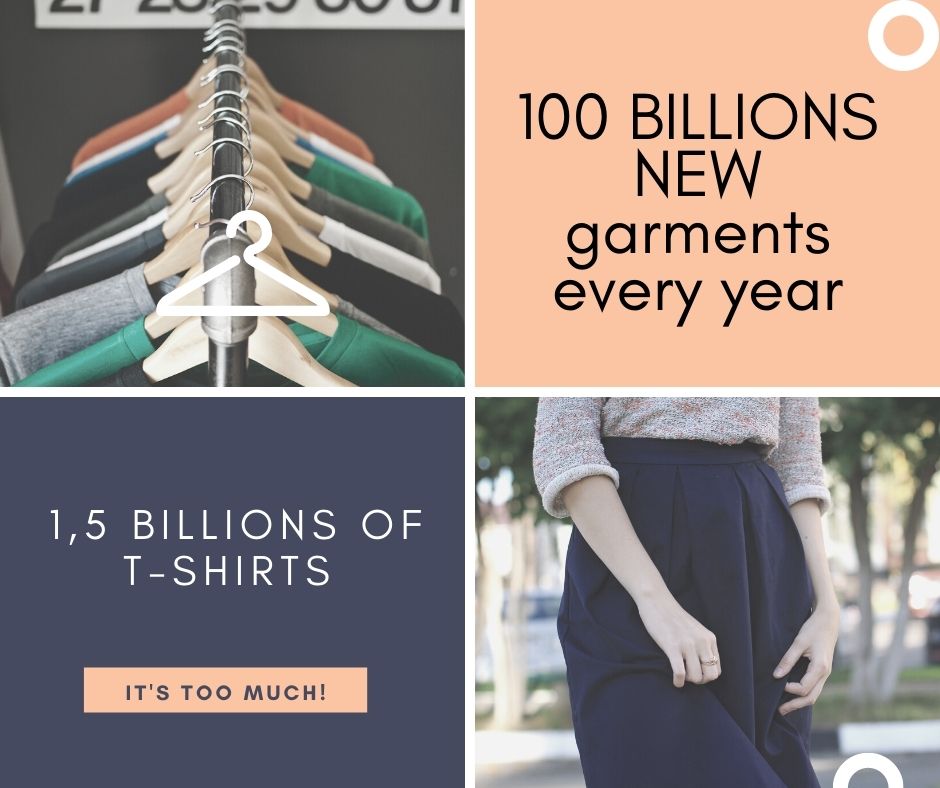
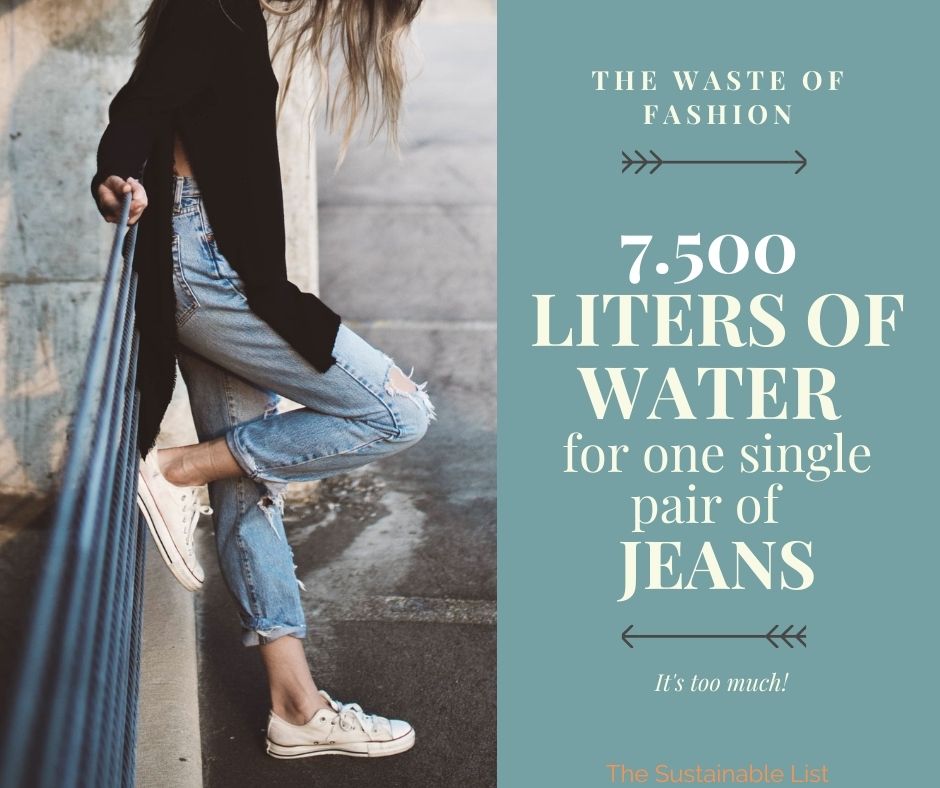
Hugs from sunny Valencia, Andreea
To have a sustainable lifestyle you need to be present. Read here a short reminder about my mantra: Be here now!



